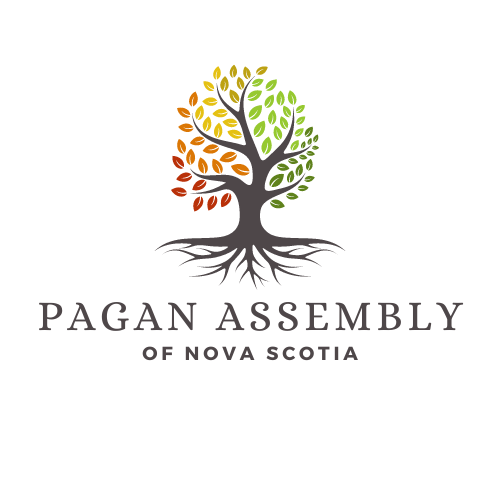About Paganism
For many years, paganism was considered a derogatory term for those practicing polytheism, or belief in more than one god. It was coined in the fourth century by the Romans as they moved their society from polytheism to monotheism, although not all pagans practice polytheism. In the 19 century, the word was embraced by those practicing polytheism and as a result, it became less derogatory over time.
Some still associate the word pagan with practices such as Satanism and witchcraft with negative connotations. This could not be farther from the truth. Today, paganism is on the rise around the world and it covers a variety of what many often consider pre-Christian religious and faith views that go far deeper in human history than modern Christianity.
Today, pagan religions often include reconstructed religions, such as Druidism, Celtic Reconstructed Paganism, and Hellenism and include modern eclectic religious traditions such as Wicca and Discordianism. So paganism often encompasses many various religions.
Common elements include elements of polytheism with rituals and practices that seek a deeper harmony with the natural world, indeed, to be more connected to the world around us in more meaningful ways.
Pagans also very much concerned with a stable, harmonious community and society that is inclusive, family oriented and accessible to all.

Druidry
What does it mean to be a Druid today? Above all else, Druidry means following a spiritual path rooted in the green Earth. It means participating in a living Western spiritual tradition drawn from many sources, including surviving legacies from Celtic wisdom teachings but embracing the contributions of many peoples and times. It means learning from archaic traditions, from three centuries of modern Druid scholarship, and from the always-changing lessons of the living Earth itself. It means embracing an experiential approach to religious questions, one that abandons rigid belief systems in favour of inner development and individual contact with the realms of nature and spirit.
John Michael Greer, Druidry – A Green Way of Wisdom
Gardnerian Wiccan
Gardnerian Wicca is a lineage-based initiatory tradition of witchcraft, based on the worship of the Horned God and the Mother Goddess and rooted in Western European and especially British practices as revived and adapted by Gerald Gardner and Doreen Valiente. Many of the modern Neo-Pagan witchcraft traditions can trace their origins to the mid-20th century when witchcraft as a religious practice was introduced to the public by Gardner.
Temple of Witchcraft
Temple of Witchcraft Atlantic Canada The Temple of Witchcraft Atlantic Canada is a thriving local Witchcraft community. While the greater TOW community is international, the heart of the TOW tradition resides in Salem, New Hampshire. The TOW Atlantic Canada offers in-person classes in the Mystery School; a five-degree system of magickal training. The TOW Atlantic Canada also hosts public rituals, various workshops, classes, and other events.
Heathenry
Heathenry is a branch of Neo-Paganism focused on the customs and beliefs of northern pre-Christian Europe. One of the more common forms of Heathenry is Asatru, a religion focused on the worship of the Norse gods, such as Thor, Odin, and Freyja. A common symbol of heathenry is Mjolnir, Thor's hammer, worn as a pendant around the neck. Historically, Heathenry does vary based on geographical location and the specific mythologies of the region.
Solitary
Solitary Practice is not a Tradition, but a path. Simply put a solitary practitioner is a person who has chosen to pursue their spiritual path without joining a group. They may practise in their homes or in nature. A solitary practitioner determines their own course of study and their own ritual calendar.






